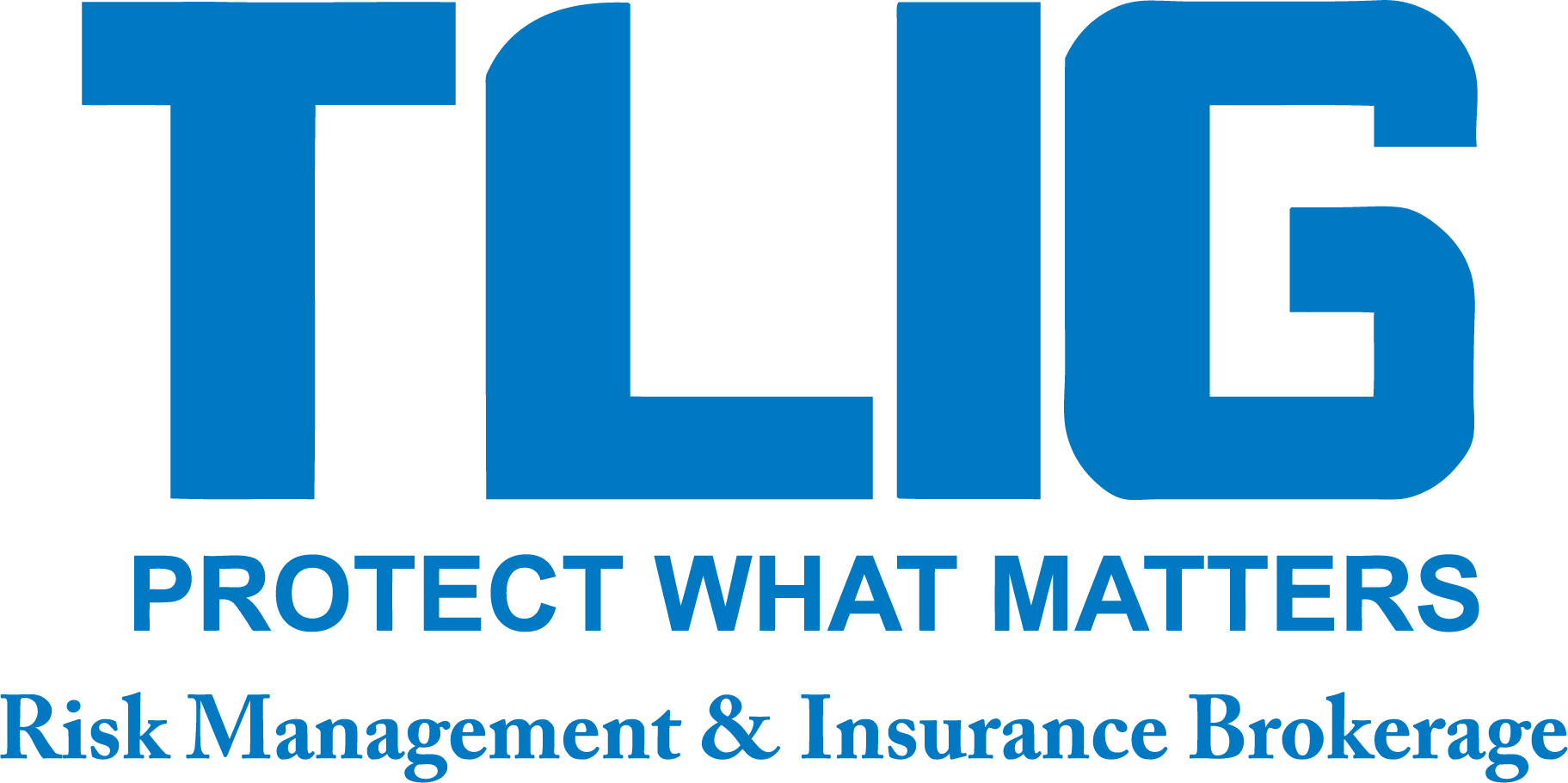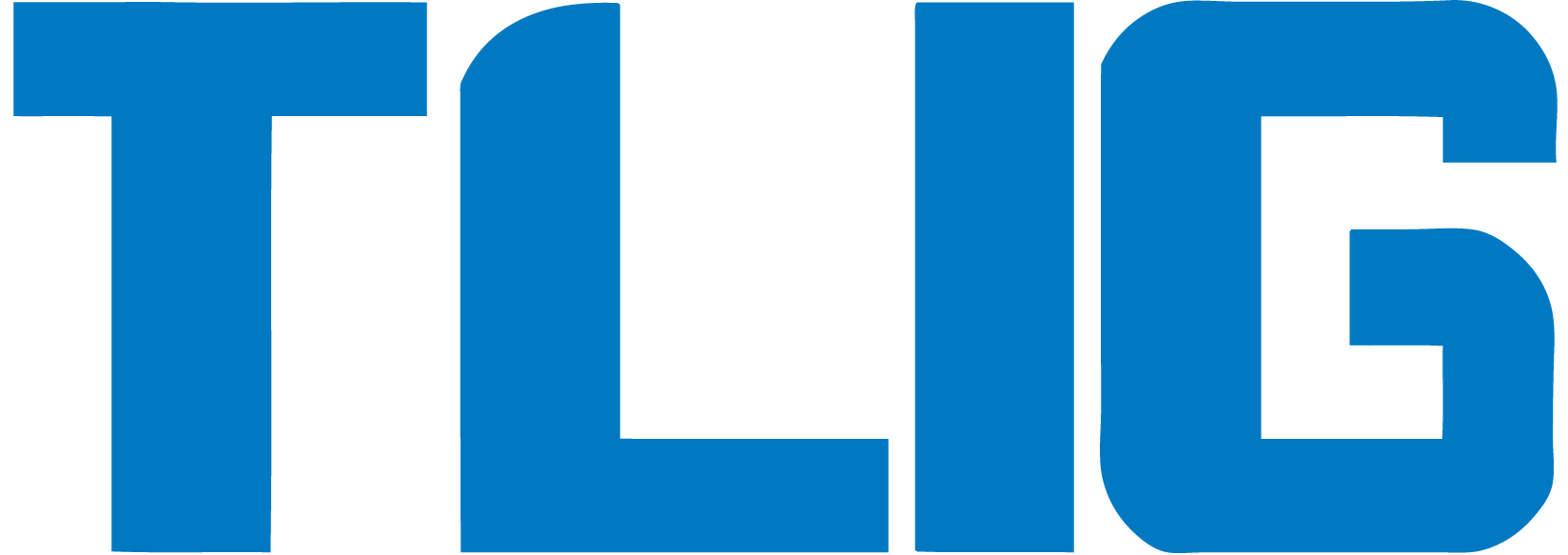Do you own a condominium? To you, condo ownership may represent a feasible way to home ownership. Or maybe it represents a second residence in some exotic location you like to visit. Or maybe it’s an investment to generate rental income. Regardless of why you own, understand that insuring a condo is much different than insuring a traditional home.
Statutes and Paperwork
A thorough review of your master deed (often called declarations or “docs”) is necessary to adequately insure your condo. Unfortunately, these docs can be multiple pages of legalese that make it difficult to decipher insurance requirements. Further, your association’s bylaws may contain important insurance information. And if it wasn’t confusing enough already, some states have statutes which dictate condo insurance requirements. For these reasons, a best practice is to review your insurance needs with a trusted insurance advisor, like your Trusted Choice® independent agent.
Definition of Unit
Your docs should contain a definition of “unit.” This term is often used to define the boundaries of the property that you individually own vs. common property that is owned by the association or other entity. For example, boundaries may include the space you occupy as well as all real property located between the unfinished walls, floor and ceiling. Note that there is no standard definition of unit: All docs are different.
“Bare Walls In?” or “What I Bring In?”
Some docs will make the association’s insurance policy (often called “master” policy) responsible for all building items and fixtures including those located inside your unit. Such items may include floor coverings, kitchen and bathroom fixtures, built-in cabinets and counters, appliances and equipment. In this case, you are only responsible for insuring your personal property such as furniture, electronics, and clothing. You may also be responsible for insuring alterations you make to the existing floor plan, such as laying carpet over tile.
Other docs will make the master policy responsible only for real property that is located outside of the unit. In this case, you are responsible for insuring the items mentioned above including building items and fixtures located inside your unit. Some docs will specifically list the items that you must insure yourself, but others are not as clear. This is another important reason to review the docs with your independent agent.
Rental Units
If you plan to use your condo to make a few extra bucks, proceed with caution: Once you rent or make your condo available for rental, your insurance changes. For example, once your condo is made available for rent you lose coverage for your personal property. This means items like furniture, electronics and decorations are no longer insured. Since condos often are rented furnished, this is a large gap that must be addressed before the damage happens. Coverage is also eliminated for appurtenant structures—such as a detached garage or dock—if damaged once the condo is rented or made available for rent.
This practice also eliminates the personal liability coverage under your condo insurance policy. This means if someone renting your condo injures someone else or their property and you are brought into the lawsuit your condo policy will not pay to defend you.
All hope is not lost. Most condo policies can be easily amended to close these significant coverage gaps. Your Trusted Choice® independent agent can also help you evaluate how much your policy will pay you for lost rental income if your condo is damaged.
Loss Assessments
There are many reasons why your association may render an assessment against you. There are circumstances where your condo insurance policy will help pay the cost of the assessment. One circumstance is if you are assessed to pay costs for which the association is liable due to a loss that would be covered by your condo policy.
For example, say you are assessed for dollars to repair damage to common property (i.e. a pool house). The reason you were assessed is because the damage exceeded the amount of insurance available in the master policy. If the damage was caused by windstorm, the assessment coverage under your condo policy would kick in because windstorm is covered by your policy. However, if the cause of the damage was flood your policy would not pay because flood is not covered by your policy.
Your assessment coverage will also kick in to help cover the cost of the master policy’s deductible. It may also pay for liability assessments resulting from claims of bodily injury or property damage as well as liability for your decisions as an uncompensated association director or officer.
The dollar amounts of such assessments are unpredictable and depend on factors that are out of your control. This is why you should work with your trusted advisor to raise the amount of coverage your policy will pay for an assessment.
Properly insuring your condo is complicated. A professional independent agent can help you secure the insurance you need to eliminate surprises if the worst happens.
TLIG is a local Trusted Choice® agency that represents multiple insurance companies, so it offers you a variety of personal and business coverage choices and can customize an insurance plan to meet your specialized needs.
Visit us online at www.tligins.com or call us at (434) 582-1444.

